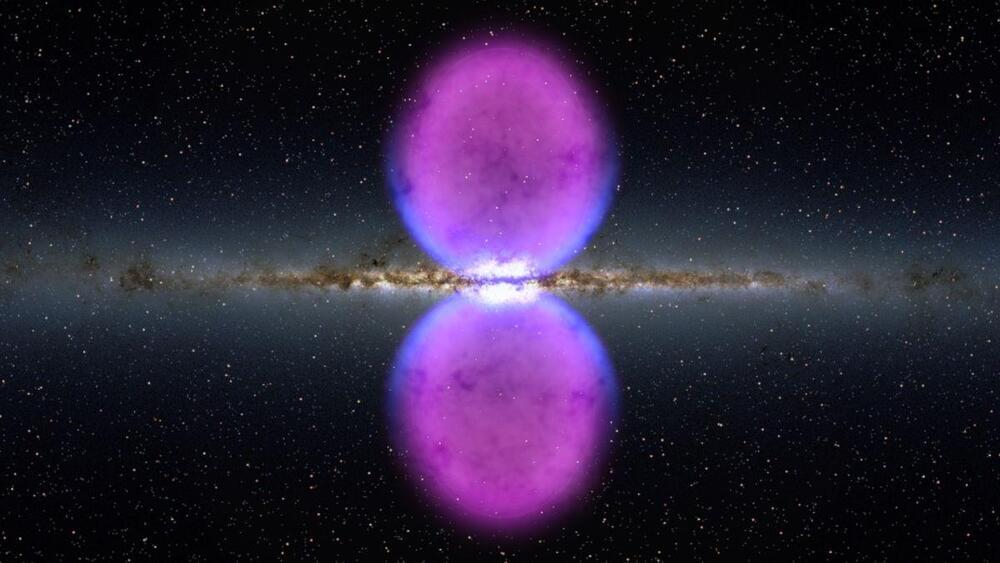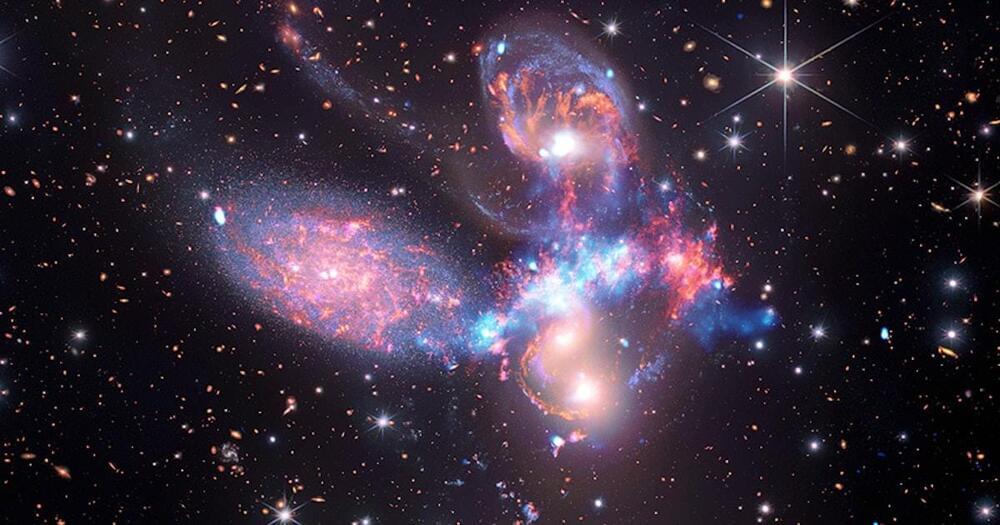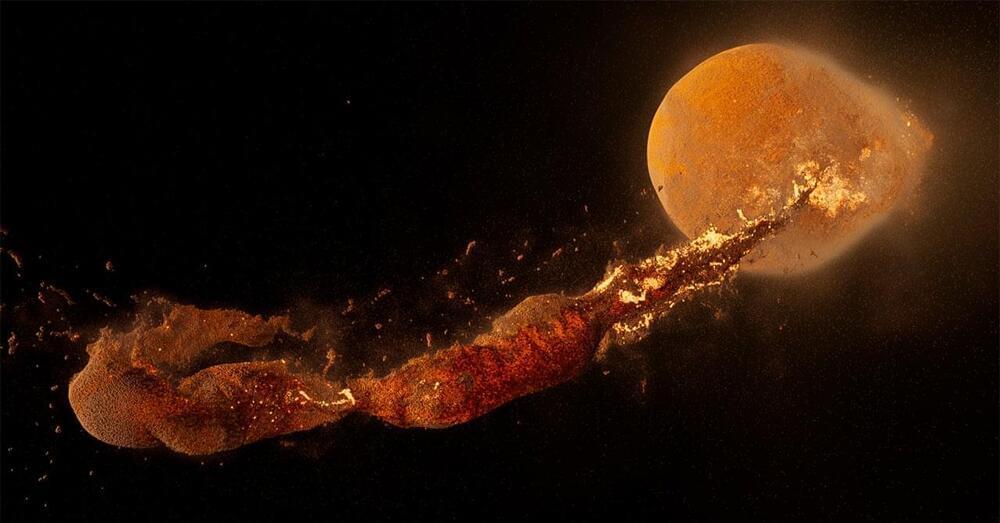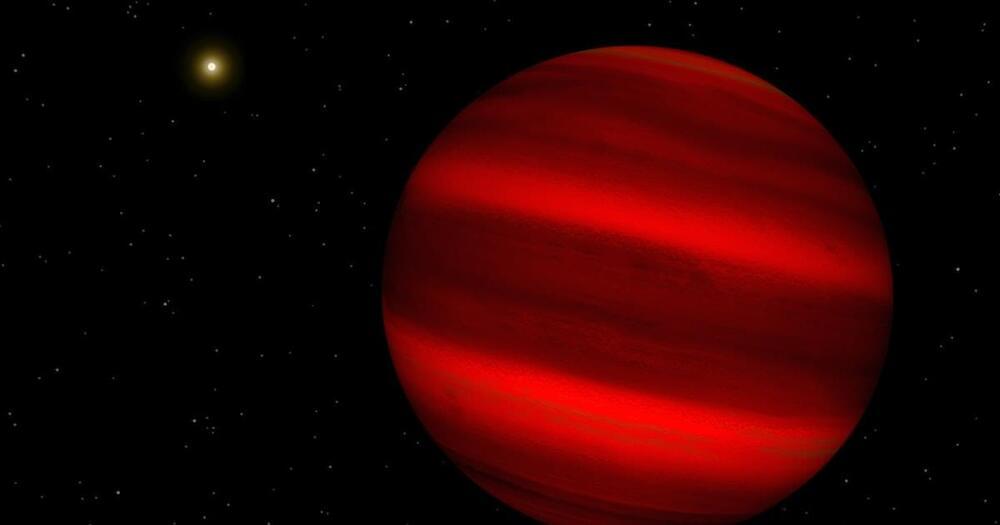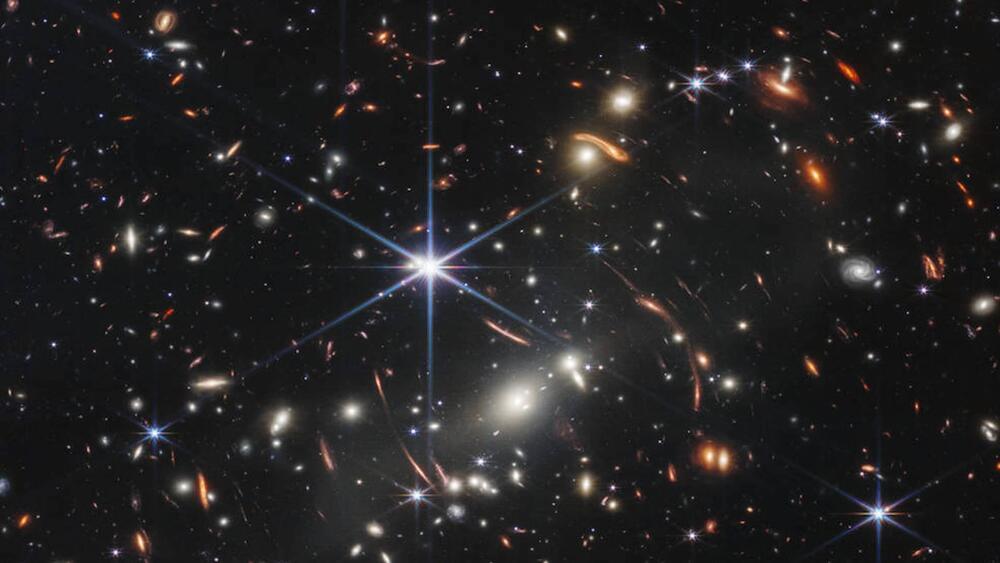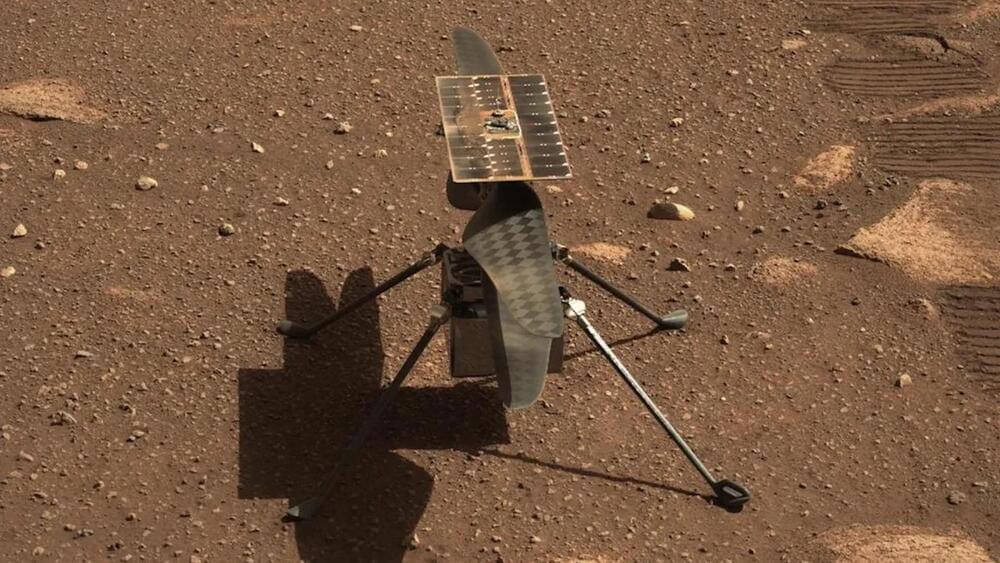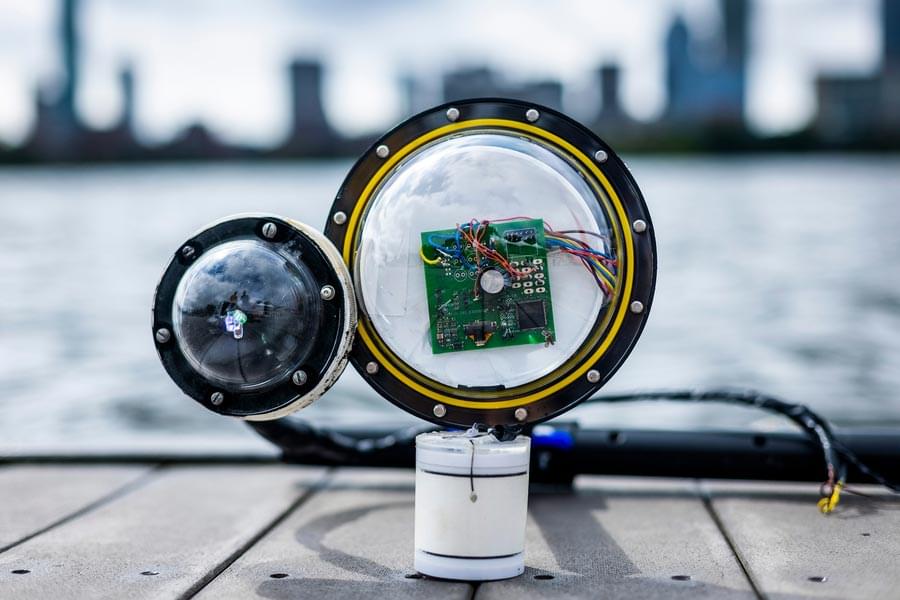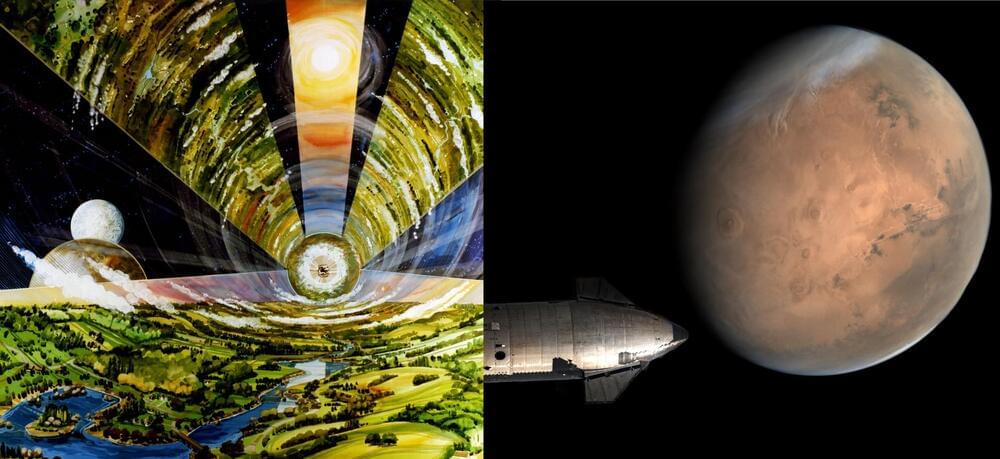Oct 5, 2022
Gamma rays from a dwarf galaxy solve an astronomical puzzle
Posted by Saúl Morales Rodriguéz in category: space
This article was originally published at The Conversation. (opens in new tab) The publication contributed the article to Space.com’s Expert Voices: Op-Ed & Insights.
A glowing blob known as “the cocoon,” which appears to be inside one of the enormous gamma-ray emanations from the center of our galaxy dubbed the “Fermi bubbles,” has puzzled astronomers since it was discovered in 2012.
